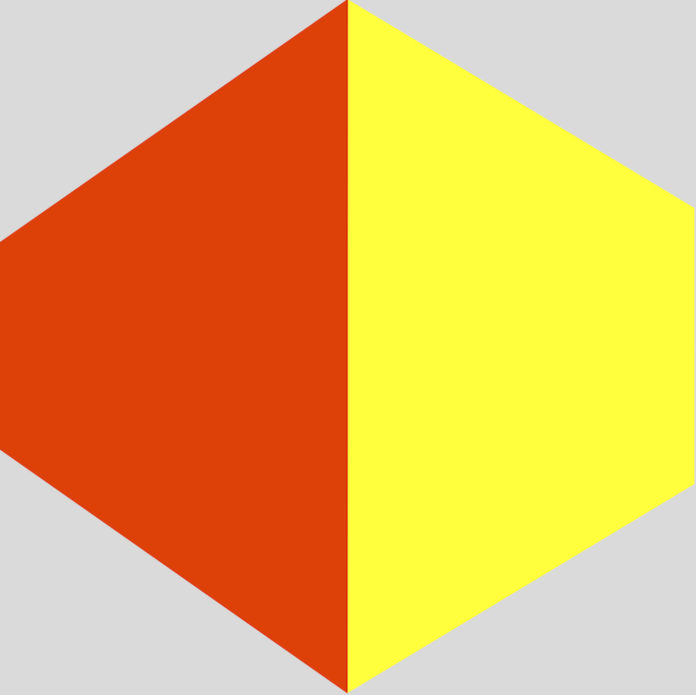GEOMETRIC ABSTRACTION
Inspired by the stylistic leaps and bounds made by Cubist and Futurist movements, artists in the early twentieth century began to paint non-figurative canvases composed of pure mathematical forms, known as Geometric Abstraction. Cubism broke objects up into their constituent forms, while Futurism represented people and things as they moved through space. Both movements represented a step away from the illusionistic perspective that had ruled painting since the Renaissance. Geometric Abstraction took these ideas a step further, completely any reference to the natural world. The Russian Suprematist painter Kazimir Malevich made canvases of pure form and color, like black squares on white backgrounds, or what he termed “Suprematist Compositions” of varied forms floating in space. Through these revolutionary paintings, Malevich hoped that art could be liberated from the material world. Elsewhere in Europe, Dutch painter Piet Mondrian arrived at his signature style in the 1920s. His grid-based paintings incorporating rectangles of primary colors were completely divorced from illusionistic painting.
Later in the twentieth century, artists who continued to use hard-edged geometric forms as the basis of their work—including Josef Albers, Ellsworth Kelly, and Kenneth Noland—operated in contrast to the action-based paintings of Jackson Pollock, Mark Rothko and the other Abstract Expressionists. The style of these earlier painters has proved immensely influential to later artists, with contemporary artists like Mary Heilmann, Peter Halley, and Sarah Morris adopting the mantle of Geometric Abstraction in recent years.




